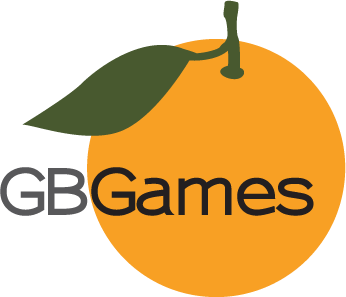In my first progress report for my second Freshly Squeezed Entertainment project, I was a bit enigmatic about what I’m starting to create. My goal for the last week was to take a lot of my high level concepts and make them more concrete, tangible, and real enough to implement.
Sprint 2: Pre-production and initialization
Planned and incomplete:
- Finish initial design document
Last week I said that this game was going to be a 2D, 1st-person, non-violent, family-friendly game focused on mystery, exploration, and personalities intersecting. It will be available on mobile devices as well as personal computers for free, and there will be no ads, in-app purchases, or any data tracking, so it will respect your privacy just like my other games, Toytles: Leaf Raking and Toy Factory Fixer.
I also said that I didn’t want to share more until I had something more solid. Much of my design was still very high level, and I wanted to focus on nailing down exactly what some of the concepts would mean when realized in a game.
I had an 11+ page design document that I am still adding to and modifying, and I needed to turn it into an actionable project plan.
So I had three major tasks for this past week.
First, I wanted to identify the player’s main activities. What does the player get to do? “Move” is too vague, but being able to navigate forward and backward, and to turn left and right are more specific. I’ve eliminated moving side to side to keep things simple, for instance. “Interact with objects” is another example of vagueness that I wanted to make more specific. What kinds of objects? What happens? And how does the player interact with them?
Second, I wanted to identify the major “modules” I’d need for the game. I know I have two modes in the game, one of which is 1st person. What exactly do I want the player to do in the non-1st person mode? Also, what about other aspects, such as saving and loading, or customization? I’ve already scoped down a bit here while identifying what I consider a must-have for this aspect.
And third, I wanted to identify the art style of the game. What is it actually going to look and feel like? I already have a bunch of reference art that I’ve put together over the previous month for characters, but I need to do something similar for the environments.
I did manage to put in a relatively significant amount of time into the first two tasks. It’s hard to quantify how “done” these tasks are, especially when I can always come up with more and can always recognize that there is some vagueness to make clearer.
But I was able to flesh out my project plan with a prioritized list of tasks and features that should let me get the core spine of this project playable fairly quickly, and I think that’s a successful week of effort. I can more clearly see what the next few weeks (months?) of development are going to look like, and I can more clearly see what I might need.
For instance, I realized that I’m going to need a tool to help me build out the world, because I can already see that manually modifying a text file myself is going to be tedious and error-prone. Whether I use something like Tiled or create my own map editor, knowing that this kind of effort is coming can help me avoid too many surprises.
I’m also seeing just how large this project can potentially be. My project plan so far has a lot of work identified in setting up mechanics, which says what CAN happen in the game, but I only have a few things that specify details about content and story, which says what DOES happen the game.
In Super Mario Bros, you can jump and run, but jump and run on what? To where? For what purpose? These mechanics ultimately allowed you to save a kidnapped princess, but at a smaller level it allowed you to avoid enemies, find secret locations and power-ups, and raise flags on flagpoles to complete individual levels.
Much of this kind of work, the connective story work and context for the mechanics, isn’t represented in my project plan yet. I have some major ideas of what I want the game to be about, and a lot of the mechanics that I do know about are due to those ideas, but I anticipate that some of the details might need to wait to find out how much of the scope of the work above might change as I get into it. I don’t want to plan for a sequence in the game that requires a set of mechanics that I decided to cut due to complexity and time.
But that’s ok. I think I am at a good point to start implementation, and the project can evolve as I work on it. The challenge is how to figure out when I’m at a point when I want to stop evolving it and get it shipped.
For now, I am hoping that in the next week or so I can have enough to show off that I can show subscribers to the GBGames Curiosities newsletter what my next game is going to bed. If you want to be the first to know, subscribe to my newsletter below.
Thanks for reading!
—
Want to learn when I release updates to Toytles: Leaf Raking, Toy Factory Fixer, or about future Freshly Squeezed games I am creating? Sign up for the GBGames Curiosities newsletter, and get the 19-page, full color PDF of the Toy Factory Fixer Player’s Guide for free!

One reply on “Freshly Squeezed Progress Report: More Detailed Designing and Planning”
[…] last week’s report, I was still taking my high level ideas and concepts for my yet-revealed Freshly Squeezed […]